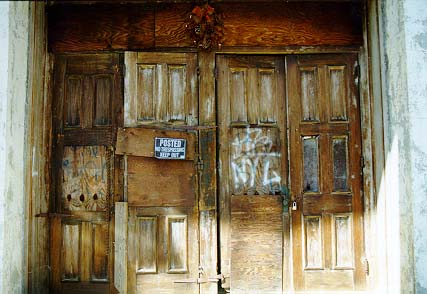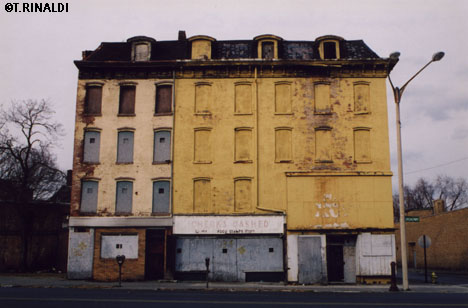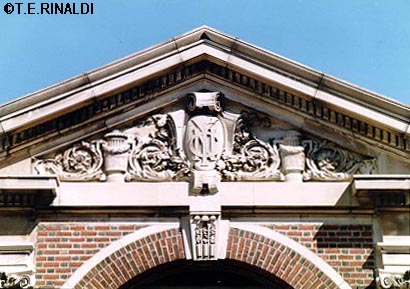N E W B U R G H NEWBURGH once called itself the "Hub of the Hudson." Look Magazine named it an "All America City" in the 1950s. Today it is a case study in the downfall of urban life in America. On the Hudson as across the country, Americans abandoned their cities in the 1950s and 1960s. For whatever reason, Newburgh took an especially hard hit. Beginning in the late 1960s, the city spent vast sums of federal urban renewal money condemning and destroying much of its riverfront. Relative to the size of this small city (its population has consisently hovered around 30,000), this was probably among the most dramatic excercises in "slum clearance" effected in the United States. Block upon block of venerable old buildings vanished literally without a trace, streets and squares were wiped off the map. THE CITY has a rich and fascinating history. George Washington made his headquarters here for the last three years of the Revolution. It was home to Andrew Jackson Downing, one of the most influential figures in the history of American architectural and landscape design. Nathaniel Parker Willis, a well known nineteenth century literary figure, lived just south of town at Cornwall. The artists George Innis, Gifford Beal and Ellsworth Kelly all came from or spent time in Newburgh. Given Newburgh's prosperous past and troubled present it's not surprising to find some remarkable buildings counted among its many ruins. Two of these are its Dutch Reformed Church and the old West Shore Railroad Station. © T.E. Rinaldi, 2006
|


